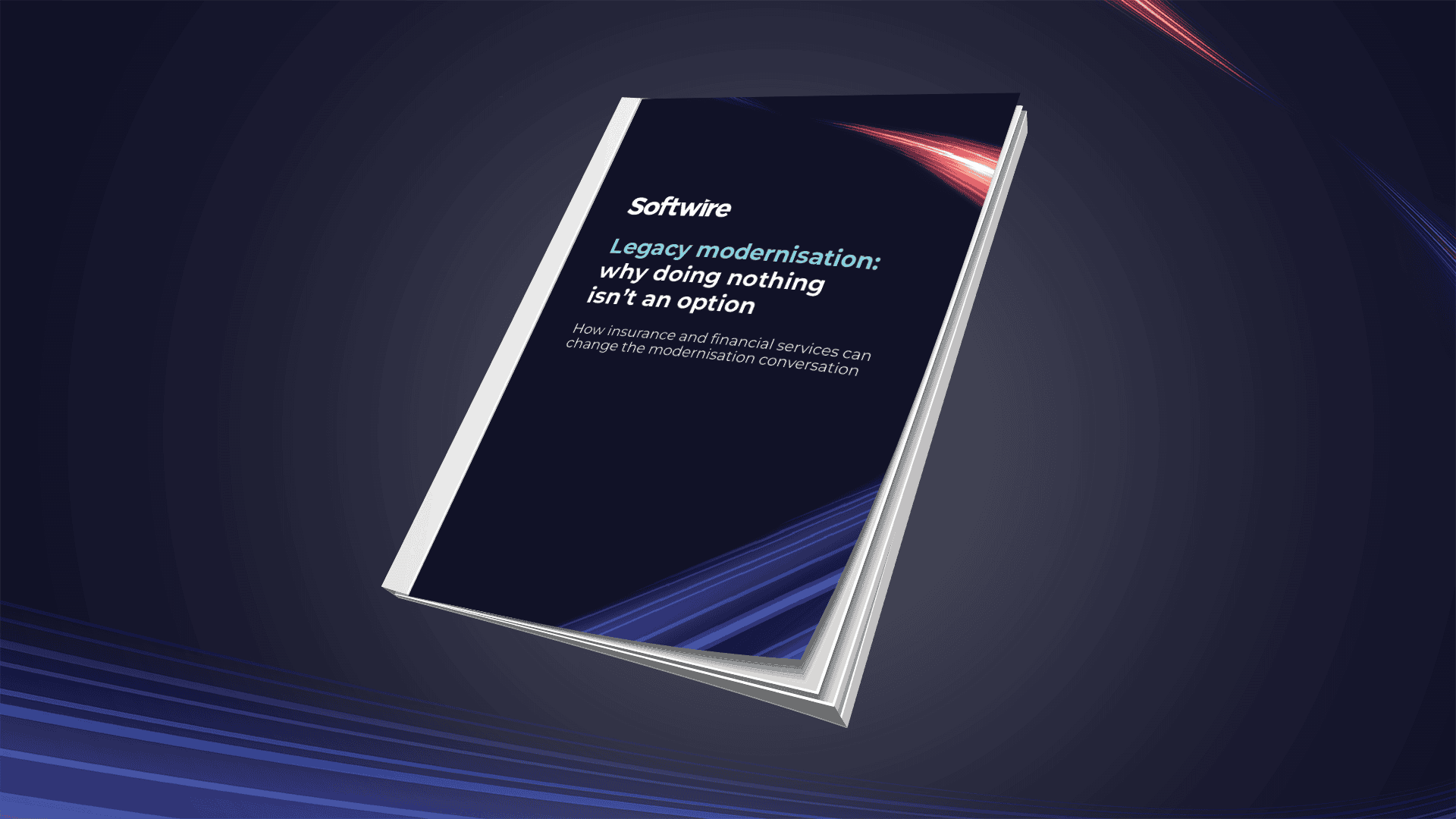
For broadcasters and other media businesses, we’re in a real golden age. Consumers’ thirst for content has never been higher. The popularity of long-form content, such as podcasts, demonstrates people will engage for extended periods. And consumers are increasingly willing to pay for good content. The success of subscription-based services such as Netflix, which reportedly has more UK users than BBC iPlayer, underlines this.
Unique media challenges
But at the same time, media organisations face a unique set of challenges.
First off, there’s the growing number of devices people want to access content on. Moreover, users want a seamless experience when they switch between their phone, computer, tablet, smart TV, set-top box or other kit. For you as a media business, this means mastering, integrating and keeping up to date with a huge number of platforms and technologies, as part of a complex tech estate.
As if this wasn’t headache enough, there are also external factors, including the ever-evolving regulatory and legislative landscape, and the threat from non-traditional media, such as vloggers. These factors are why big media businesses need to be more agile and innovative than ever.
Solving media businesses’ tech headaches
But given the technology challenges we’ve outlined, how do you, as an executive or decision-maker in such an organisation, ensure your operations are geared to support this nimbleness?
The answer is to focus on getting your technology function working efficiently and in a way that truly supports what the business is trying to achieve. This means looking at your systems, as well as the people and processes that surround them.
Below, we’ve set out six practical steps your organisation can follow, to help it ultimately spend more of its time creating and distributing the exceptional content you want to be known for.
1. Favour technical flexibility when hiring
When you’re bringing in people to work on your technology estate, hire with technical flexibility in mind. With so many technologies in place, having individuals who can work on different areas will be an enormous bonus when it comes to operational flexibility and your ability to respond fast to unforeseen demands.
Whether you’re employing someone, bringing in a contractor or partnering with an agency, assess how adaptable the person is. Have they got a track record of picking up new technologies quickly? If you have the opportunity, a short practical task, where you ask them to solve one of your real-world challenges using a language they’ve not used before, can give an insight into their adaptability.
2. Ensure access to additional team capacity
Even with the best planning in the world, urgent and unforeseen demands do arise, requiring immediate attention. Your success will depend on how quickly and effectively you can respond to these. Have you got sufficient resources in your own technology team to free up the capacity you need? Or is everyone already working on high-priority tasks that can’t be delayed? If so, consider finding an external partner that can be your go-to, short-notice source of additional capacity and skills.
3. Keep your capex and opex resources separate
It’s common to see organisations’ technology teams entirely focused on the operational, often-reactive work required to keep core technology systems running. As a result, these companies spend little time on innovation work. Equally, we’ve seen organisations go the other way, with ongoing operational tasks neglected in favour of building new applications and capabilities.
You need a healthy balance of the two, which is why we advocate separating the capex/innovation budgets and resources from the opex/‘keep the lights on’ ones. You’ll obviously want some flexibility to move people between the two where necessary, but this approach typically ensures both areas get the attention they need.
4. Instil a culture of agility and flexibility
Media businesses’ number one goal is to create amazing content and get it in front of customers. Your technology team needs to be geared to support this vision. Instil a can-do attitude where the default answer to a question is ‘yes’. Flexibility and open-mindedness are essential, and the team must be allowed to work in ways that encourage agility. Have you, for example, got a lightweight process to pull together a team to quickly trial a new technology or service feature?
5. Remove bottlenecks and single points of failure
With such a large and diverse technology estate, it’s common for knowledge about individual components to be locked in the heads of one or two people. Equally, some businesses have a model where all key decisions must be funnelled through a single architect or business analyst. This invariably creates bottlenecks, and results in issues when these individuals are on holiday, off sick, or leave the business.
Instead, spread these responsibilities among multiple people. This could involve dividing your technology estate into smaller chunks, each with teams of individuals looking after them and sharing knowledge.
6. Start to rationalise your technology estate
Finally, while that enormous technology estate may be essential to your current operations, start looking at where it could be rationalised. Review each element to assess the value it’s adding and whether it justifies the cost involved to maintain it. You may find components that are no longer needed, or duplicated capabilities that could be consolidated.
Analytics will be your friend here, giving you an objective insight into how each component or service is being used.
Creating a platform for growth
We hope these practical steps help you evolve your key technology capabilities, moulding them into a genuine enabler of agility and innovation in your business. Because by making this shift, you’ll create the platform for your organisation to produce even better content, and get it in front of ever-bigger and ever-more-engaged audiences.


